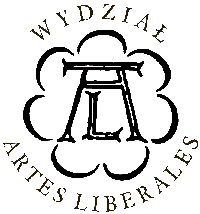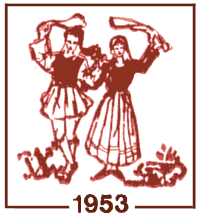The project is financed by the National Science Center and carried out at the Faculty „Artes Liberales” at the University of Warsaw in cooperation with the Dora Stratou Dance Theatre


| Testimony of: | knife |
| Source | Σαμουηλίδης 1993, 138 (in: EEH, sv. Πιτσάκ-οϊν, p. 525) |
| Original text | Πιτσάκ-οΐν ή Μαχαίρα ή Λαζικόν. Πρόκειται για πολεμικό χορό, που οι λόγιοί μας, δάσκαλοι ή ερασιτέχνες λαογράφοι, ονόμασαν αυθαίρετα Πυρρίχειο, χωρίς να λέγεται ποτέ από τον λαό αυτή η ονομασία ούτε να παραδίδεται από παλιά μαρτυρία. Η τούρκικη πάλι ονομασία Πιτσάκ-οΐν δεν σημαίνει ότι ο χορός είναι τούρκικης προέλευσης, γιατί σε κανένα άλλο μέρος της Μικρασίας, εκτός από τον Πόντο δε χορεύεται. Αλλωστε ο χορός λέγεται και Λάζικος και πιθανόν να διαδόθηκε από τους Λαζούς στην περιοχή. Το πιθανότερο όμως είναι ότι ο χορός των μαχαιριών, όπως και άλλοι χοροί, είναι ντόπιος χορός των γηγενών του Πόντου, τον οποίο παρέλαβαν οι άποικοι Ελληνες της Τραπεζούντας και κατόπιν οι εξελληνισμένοι και εκχριστιανισμένοι κάτοικοι της ευρύτερης |
| English translation | Pitsak-oin or Machaira [the knife dance] or Lazikon. It is a war dance, which was named by our learned, teachers and amateur folklorists as Pyrricheio, but it was never called this way by the people, nor it was mentioned as this by any old testimony. The Turkish name in turn, Pitsak-oin does not mean that the dance is of Turkish origin, because in no other place in Asia Minor, apart from Pontus, it is not danced. This dance is also known as Lazikos and was probably spread by the Laz people of the region. The most probable explanation is however that the dance of the knives, just as other dances, is a topical dance native of Pontus, which was performed by the Greek settlers of Trapezounta and subsequently, the Hellenized and Christianized inhabitants of wider region. |
| Region of occurence | Pondos - Show on map |
| Function | confirming manliness/dexterity, |
| Dance name | Pitsak-oin |